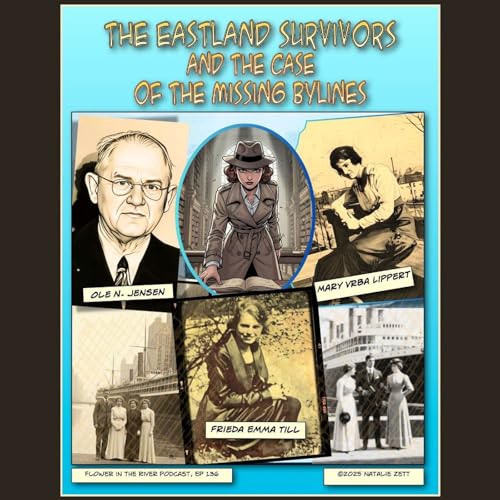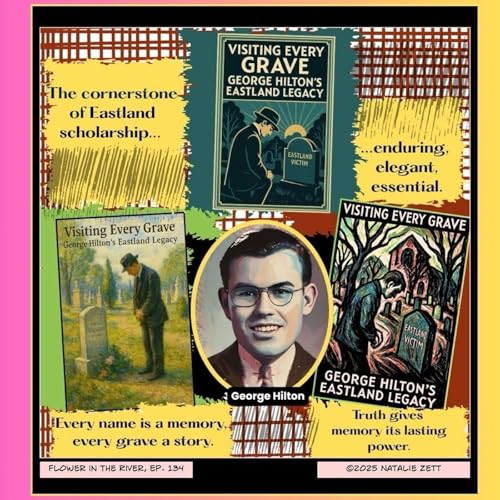Send us a text
What happens when the storyteller is gone—but the story keeps rewriting itself?
A single family biography can carry the weight of a neighborhood’s memory. We open the archives on a 20-year-old Western Electric employee who boarded the Eastland with her fiancé in 1915—and trace how her story, first written by a family member, nearly disappeared under paraphrase and missing attribution.
What begins as a personal account of loss becomes a blueprint for preserving authorship, provenance, and trust across the fragile web.
What began as a family story became a case study in restoring authorship and digital integrity.
We walk through the dynamic immigrant life of Cicero, the morning the Eastland rolled into the Chicago River, and the sibling who arrived just as the ship capsized.
Alongside those details, we share how we traced the original 1999 article, found the author’s later blog posts, and mapped the path of unattributed copies that flattened key context.
If you love genealogy, public history, or deep research, this episode offers a practical toolkit:
•Time-stamped archiving with the Wayback Machine and Archive.Today
•Side-by-side document comparison
•A clear-eyed approach to AI that favors verification over automation
We close by restoring the story—and the storyteller’s name—to its rightful place.
Recognizing the author isn’t optional—it’s about respecting ownership, upholding ethics, and protecting the record for those who follow.
Resources:
- Family History by Colleen (Colleen Ringel's blog)
- Chronicle Makers (Denyse Allen)
- Genealogy Gems (Lisa Louise Cooke)
- The Familly History AI Show (Make Thompson & Steve Little)
- Archive.today
- Internet Archive Wayback Machine
- View Gabriella Schlentz’s FamilySearch profile here.
- Book website: https://www.flowerintheriver.com/
- LinkTree: @zettnatalie | Linktree
- LinkedIn: https://www.linkedin.com/in/natalie-z-87092b15/
- Instagram: https://www.instagram.com/zettnatalie/
- YouTube: Flower in the River - A Family Tale Finally Told - YouTube
- Medium: Natalie Zett – Medium
- The opening/closing song is Twilight by 8opus
- Other music. Artlist
 Nov 13 202545 min
Nov 13 202545 min 39 min
39 min Oct 30 202535 min
Oct 30 202535 min 42 min
42 min 35 min
35 min 30 min
30 min 39 min
39 min 34 min
34 min
